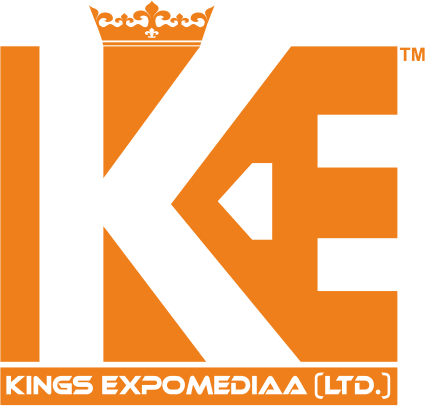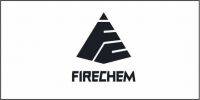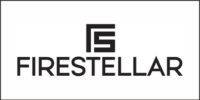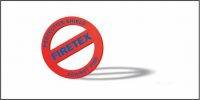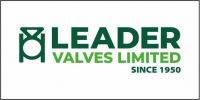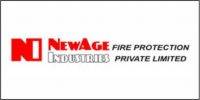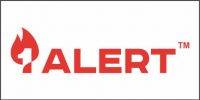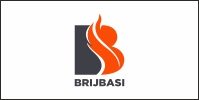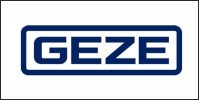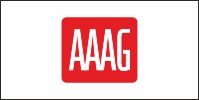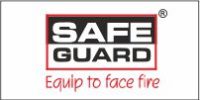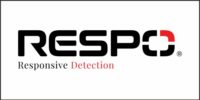 In modern building design and life safety engineering, the importance of properly integrated commissioning and testing of fire alarm systems cannot be overstated. The life safety and asset protection that these systems offer are fundamentally dependent on their operational integrity and seamless functionality under both normal and emergency conditions. Fire alarm systems serve as the critical link between fire detection and emergency response, necessitating a high degree of coordination, reliability, and conformance to evolving standards. With increasing complexity in building systems and heightened safety regulations, the frameworks provided by the National Fire Protection Association (NFPA)—specifically NFPA 3: Standard for Commissioning of Fire Protection and Life Safety Systems and NFPA 4: Standard for Integrated Fire Protection and Life Safety System Testing—have become pivotal in ensuring optimal performance of fire alarm systems.
In modern building design and life safety engineering, the importance of properly integrated commissioning and testing of fire alarm systems cannot be overstated. The life safety and asset protection that these systems offer are fundamentally dependent on their operational integrity and seamless functionality under both normal and emergency conditions. Fire alarm systems serve as the critical link between fire detection and emergency response, necessitating a high degree of coordination, reliability, and conformance to evolving standards. With increasing complexity in building systems and heightened safety regulations, the frameworks provided by the National Fire Protection Association (NFPA)—specifically NFPA 3: Standard for Commissioning of Fire Protection and Life Safety Systems and NFPA 4: Standard for Integrated Fire Protection and Life Safety System Testing—have become pivotal in ensuring optimal performance of fire alarm systems.
This article presents an in-depth exploration of the roles, methodologies, and strategic benefits of integrated commissioning and testing of fire alarm systems. It provides a comprehensive understanding tailored for engineers, commissioning agents, facility managers, AHJs (Authorities Having Jurisdiction), and B2B stakeholders in the fire protection and building safety industries. By aligning with NFPA 3 and NFPA 4, this framework elevates both compliance and operational excellence.
The Importance of Fire Alarm System Commissioning
Commissioning is a quality-oriented process that verifies and documents that fire protection and life safety systems are designed, installed, and functioning in accordance with the owner’s project requirements (OPR). NFPA 3 outlines the responsibilities, documentation requirements, and performance verification strategies necessary to achieve a successful commissioning process. The commissioning of fire alarm systems ensures that all components—from detectors, notification appliances, and control panels to interconnected systems such as elevators, HVAC systems, and emergency lighting—function collectively and reliably.
Key phases in the commissioning process include design intent review, submittal verification, pre-functional testing, functional performance testing, and post-occupancy evaluations. In accordance with NFPA 3, commissioning must begin at project inception and continue throughout the lifecycle of the system. This early and continuous involvement is critical to identifying discrepancies between design and installation, ensuring code compliance, and minimizing costly rework post-installation.
Integrated Testing under NFPA 4
NFPA 4 introduces the concept of integrated system testing, which moves beyond individual component validation to evaluate the interoperability and sequence of operations between multiple life safety systems. Fire alarm systems typically interface with sprinklers, smoke control systems, emergency power supplies, access control, and fire department communication systems. NFPA 4 mandates that these interfaces be tested as part of an integrated whole to demonstrate system-wide functionality during a fire or other emergency.
The integrated testing process requires a qualified Integrated Testing Agent (ITa), typically a third-party professional with multidisciplinary expertise, who coordinates and oversees the testing. The ITa is responsible for developing an Integrated Testing Plan (ITP), defining testing sequences, scenarios, success criteria, and emergency response protocols. In a high-rise building, for instance, the fire alarm system might need to communicate with the HVAC system to initiate smoke purge in affected areas, notify building occupants via voice communication, and direct elevator systems to designated recall floors—all of which must be validated during integrated testing.
Stakeholder Coordination and Documentation
Effective commissioning and integrated testing demand proactive coordination among multiple project stakeholders, including design engineers, contractors, system vendors, building owners, and AHJs. Clear communication, shared expectations, and aligned responsibilities are vital to avoiding misinterpretations or missed tests. NFPA 3 and NFPA 4 require the creation and maintenance of a comprehensive Commissioning Plan and Integrated Testing Plan, both of which outline the scope, objectives, responsibilities, and schedules.
Detailed documentation is also a cornerstone of successful testing and commissioning. This includes test scripts, verification checklists, deficiency logs, change management records, and system performance reports. Such documentation not only facilitates immediate validation but also serves as a reference for maintenance, troubleshooting, and system upgrades.
Integration with Other Building Systems
Modern building infrastructure increasingly incorporates Building Automation Systems (BAS), smart sensors, and IoT-enabled devices that require harmonized operation with fire alarm systems. This interconnected environment necessitates rigorous verification to ensure that command-and-control signals from the fire alarm system correctly trigger desired actions in ancillary systems. For example, upon fire detection, the BAS must disable HVAC units to prevent smoke spread, unlock exit doors for egress, and communicate with fire department interfaces.
The commissioning process, as detailed in NFPA 3, verifies the design compatibility and physical connectivity among such systems, while integrated testing under NFPA 4 validates their coordinated operation during simulated emergencies. This layered approach guarantees a resilient safety infrastructure that can adapt to evolving threats and building use cases.
Lifecycle and Maintenance Considerations
Commissioning and integrated testing are not one-time events but part of a lifecycle approach to building safety. Periodic re-commissioning and retesting are necessary to account for building modifications, occupancy changes, and system upgrades. NFPA 4 requires revalidation of system integration whenever a material modification is made to any component system, ensuring that the holistic fire safety strategy remains intact.
Furthermore, NFPA 3 encourages the development of a Systems Manual that consolidates operational procedures, system configurations, and maintenance schedules. This manual supports facilities teams in ongoing monitoring, troubleshooting, and compliance reporting, thereby extending the operational lifespan of the fire alarm system and its associated subsystems.
Challenges and Best Practices
Implementing comprehensive commissioning and integrated testing involves several challenges, including limited project timelines, lack of stakeholder awareness, budget constraints, and insufficient documentation. Overcoming these barriers requires a strategic approach that embeds commissioning into the project workflow from the outset, allocates dedicated resources, and fosters a culture of safety and collaboration.
Best practices include:
- Engaging commissioning agents and ITas early in the project lifecycle.
- Developing detailed testing protocols that reflect real-world scenarios.
- Ensuring full stakeholder participation in testing exercises.
- Leveraging digital tools for documentation, scheduling, and reporting.
- Incorporating lessons learned into future projects and standards updates.
 Commissioning and integrated testing of fire alarm systems are mission-critical processes that safeguard lives and assets in complex building environments. By adhering to NFPA 3 and NFPA 4, organizations can establish a robust framework that validates system functionality, ensures regulatory compliance, and builds resilience against fire hazards. For B2B stakeholders—from fire protection consultants and MEP engineers to facility managers and code enforcement officials—embracing this framework is not only a regulatory imperative but also a strategic investment in operational excellence and life safety assurance.
Commissioning and integrated testing of fire alarm systems are mission-critical processes that safeguard lives and assets in complex building environments. By adhering to NFPA 3 and NFPA 4, organizations can establish a robust framework that validates system functionality, ensures regulatory compliance, and builds resilience against fire hazards. For B2B stakeholders—from fire protection consultants and MEP engineers to facility managers and code enforcement officials—embracing this framework is not only a regulatory imperative but also a strategic investment in operational excellence and life safety assurance.
As buildings continue to evolve in scale, function, and technological sophistication, the integration of commissioning and testing into the project lifecycle will become increasingly essential. Forward-thinking organizations that adopt and internalize NFPA’s guidelines will be best positioned to deliver safe, compliant, and future-ready infrastructure.
